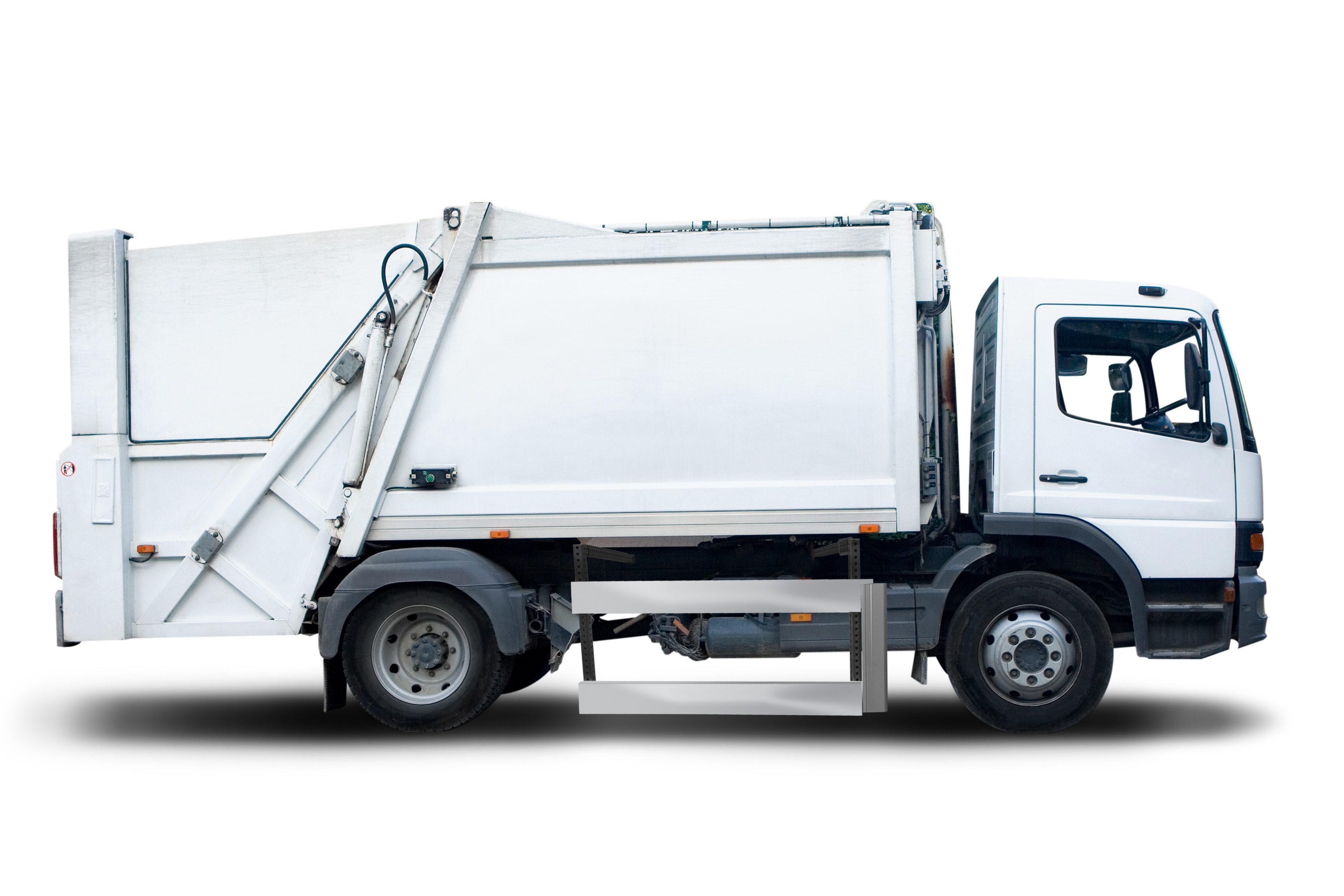How truck side guards help protect cyclists
Hamilton-based company Nu-Line builds barriers that offer protection out on the roads

I feel like most of us have been there. You know, a big truck passes you, and as you disappear into its shadow and the small gap between it and the curb in which you exist shrinks. You can’t help but feel invisible, perhaps a bit afraid, and you just can’t wait for the truck to finish passing.
Nu-Line, a company out of Hamilton that provides trucks and trailers with quality products, has designed a truck side guard to help protect cyclists and pedestrians.
RELATED Renewed calls for truck side guards after recent deaths
I got in touch with Gerald Harrison, the president of Nu-Line, to learn a little more about what this company is doing to help keep smaller road users safe.

What is a side guard?
Side guards are comparable to a fender that is fitted between the front and rear wheels of a straight truck. This shrinks the gap that exists between the wheels along the side of the truck making it more difficult for pedestrians and cyclists to come into that space and consequently fall under/get pinched under the truck and get crushed by the rear wheels.
Where are these side guards most beneficial?
Mainly in tight urban areas, particularly when trucks are turning right. Where there is a risk for a side collision, there is a risk for smaller road users to go under vehicles with greater ground clearance and therefore get run over. The side guard exists to decrease the number of fatalities caused by this sort of collision.
What is the risk?
While large trucks comprise 4 per cent of registered vehicles, large trucks are involved in 10 per cent of pedestrian and bicyclist fatalities in the U.S.
While data from the 2015 Canadian National Collision database suggests that the majority of fatalities from trucks colliding with bicyclists or pedestrians occur at the front of the vehicle, nearly a quarter of these fatal accidents, 22 per cent, occur at the side of the vehicle. Nu-Line’s side guard is intended to help address that 22 per cent of fatal accidents involving side impacts.
Was there an “ah-ha” moment that led to your decision to make something that would protect vulnerable road users?
I saw in a truck and trailer magazine that side guards were being used in the EU. Boston had also introduced a bylaw that required city-owned trucks and vehicles to utilize various methods of increasing protection for cyclists and pedestrians, in the interest of reducing the number of injuries and fatalities.
However, I noticed that the tech available to trucks was difficult to install or remove, and expensive. I knew that Nu-Line could create a better option to address these issues. And we did: our guards are quite cost-effective, easy-to-install and easy to work with for the truck operator.
Have other cities introduced similar ordinances since Boston did in 2014?
To name a few, New York, Halifax and Portland all have.
Why are side guards not used everywhere?
In part, it’s political. It is up to the municipality to create the legislation that makes it mandatory for larger road users to take these precautions. It is also a decision of individual fleets and owner/operators to make the effort in time and money to invest in side guards.
So how do we go about promoting the use of side guards?
Lobby your local municipality to introduce stricter regulations in the interest of improving road safety for bicyclists and pedestrians.
Despite the proof that side guards do, to some degree, offer protection to vulnerable road users, not everyone is seeing their potential importance. There have been failed attempts, such as the federal Bill C-603 tabled in spring 2014, to amend the Motor Vehicle Safety Act and enforce that all heavy vehicles must be equipped with side guards.
Historically, Transport Canada has also failed to see reason to make the use of side guards mandatory.
That’s not true @Transport_gc. Even the notoriously cagey @NRC_CNRC report admits that sideguards reduce injury. pic.twitter.com/L5ihPM96uR
— #VisionZero Canada (@VisionZeroCA) July 6, 2016
While side guards can’t guarantee that a cyclist won’t be fatally hurt in a collision, I think there is absolutely no harm in advocating for the safety of all road users, and taking any steps that making things safer. Safer roads will further inspire active methods of transportation, which is in the best interest of the environment as well.
Does your city use side guards? Should it? Perhaps you and your cycling community can organize to lobby for change.

